In the dynamic and often unpredictable realm of construction projects, safety is paramount. One of the key measures employed to ensure the safety of workers, pedestrians, and the general public in and around foundation pits is the use of基坑护栏网 (Foundation Pit Fence Nets). These specialized barriers serve as a physical barrier that prevents unauthorized access to hazardous areas, thereby mitigating the risk of accidents and injuries. This article delves into the intricacies of foundation pit fence nets, their importance, types, installation procedures, and their role in ensuring a secure and compliant construction environment.
The Significance of Foundation Pit Fence Nets
Foundation pits are excavated areas created during the construction process for various purposes, such as installing foundations, underground utilities, or performing geotechnical investigations. These pits present inherent dangers due to their unfinished state and the potential for cave-ins or collapses. The absence of proper safeguards can lead to serious accidents, including falls, crushing injuries, and even fatalities. Foundation pit fence nets are designed to address these safety concerns by creating a visible and tangible boundary that deters trespassing and ensures that only authorized personnel are present in these potentially hazardous zones.
Types of Foundation Pit Fence Nets
Foundation pit fence nets are available in various types, each tailored to specific requirements and site conditions. The most common types include:
1、Temporary Fence Systems: These are portable and easily assembled fence systems that are commonly used for short-term projects. They are made from materials like steel or aluminum and are equipped with mesh panels or barbed wires to prevent climbing.
2、Permanent Fence Structures: For long-term projects or permanent construction sites, permanent fence structures are installed. These are more robust and often integrated into the overall site fencing system. They may be made of concrete, steel, or reinforced concrete and are designed to withstand the test of time.
3、Safety Barriers with Warning Signs: In addition to physical barriers, it's essential to incorporate warning signs and reflective materials to alert personnel and the public of the danger zone. These signs should be visible from a distance and comply with local safety regulations.
4、Modular Fence Systems: Modular systems offer flexibility and ease of installation. They consist of pre-fabricated panels that can be assembled on-site quickly and adjusted as needed. This type of fence is ideal for projects with changing site layouts or temporary access points.
Installation Procedures for Foundation Pit Fence Nets
The installation of foundation pit fence nets is a meticulous process that must adhere to safety standards and local regulations. The steps involved include:
1、Site Assessment: Prior to installation, a thorough assessment of the site is conducted to determine the best location for the fence, its height, and any special requirements based on the project's specifics and local codes.
2、Planning and Design: A detailed plan is developed outlining the placement of the fence, including its length, height, and any additional features like gates or access points. This plan should also consider the type of material to be used and any necessary permits or approvals required by authorities.
3、Material Procurement and Preparation: The chosen materials are procured, inspected for quality, and prepared for installation. This includes cutting panels to size, assembling modular sections, and preparing any necessary hardware like posts or fasteners.
4、Excavation and Preparation of Foundation: Depending on the type of fence (e.g., permanent structures), excavation may be required to lay a foundation or anchor points. This step ensures the stability of the fence against wind or other environmental factors.
5、Installation of Posts and Panels: Posts are installed at predetermined intervals, ensuring they are plumb and level. Panels are then attached to the posts using appropriate fasteners or clamps, ensuring a secure fit while allowing for easy adjustments or disassembly if needed.
6、Integration of Warning Signs and Reflective Materials: Warning signs are strategically placed both on the fence itself and at intervals along its perimeter to ensure maximum visibility from all directions. Reflective materials are applied to increase visibility at night or in low-light conditions.
7、Final Inspection and Documentation: After installation is complete, a thorough inspection is conducted to ensure compliance with safety standards and local regulations. All necessary documentation is prepared, including installation records, maintenance instructions, and any permits obtained.
Role in Ensuring a Secure Construction Environment
Foundation pit fence nets play a pivotal role in creating a secure construction environment by:
Preventing Unauthorized Access: By creating a visible barrier around hazardous areas, unauthorized personnel are deterred from entering these zones, thereby reducing the risk of accidents caused by unfamiliarity with site conditions or equipment.
Compliance with Safety Regulations: Proper installation of foundation pit fence nets is a requirement in many construction safety regulations. Failure to comply can result in fines, penalties, or even project stalling due to regulatory interventions.
Enhancing Visibility and Awareness: The use of reflective materials and warning signs increases visibility during daylight hours but also ensures that the hazard zone remains conspicuous at night or in poor lighting conditions, thereby enhancing overall site awareness among workers and visitors.
Mitigating Environmental Risks: In areas prone to severe weather conditions or natural disasters (e.g., flood-prone zones), foundation pit fence nets help contain potential debris flows or water intrusion into excavated areas, reducing environmental damage and further safety risks.
Promoting Responsible Behavior: By establishing clear boundaries around foundation pits, workers are more likely to adopt responsible behavior regarding site access and adhere to established safety protocols, ultimately leading to a safer work environment overall.

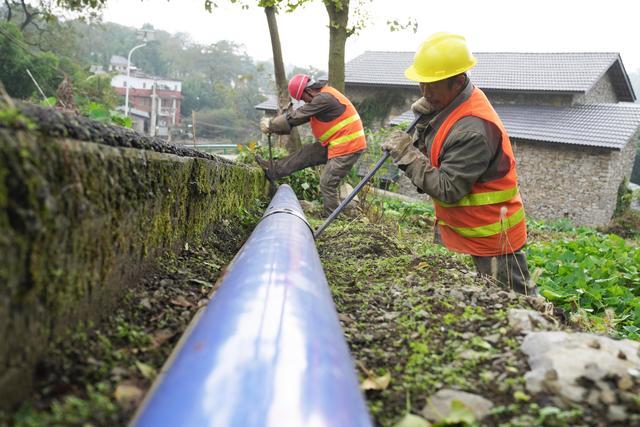
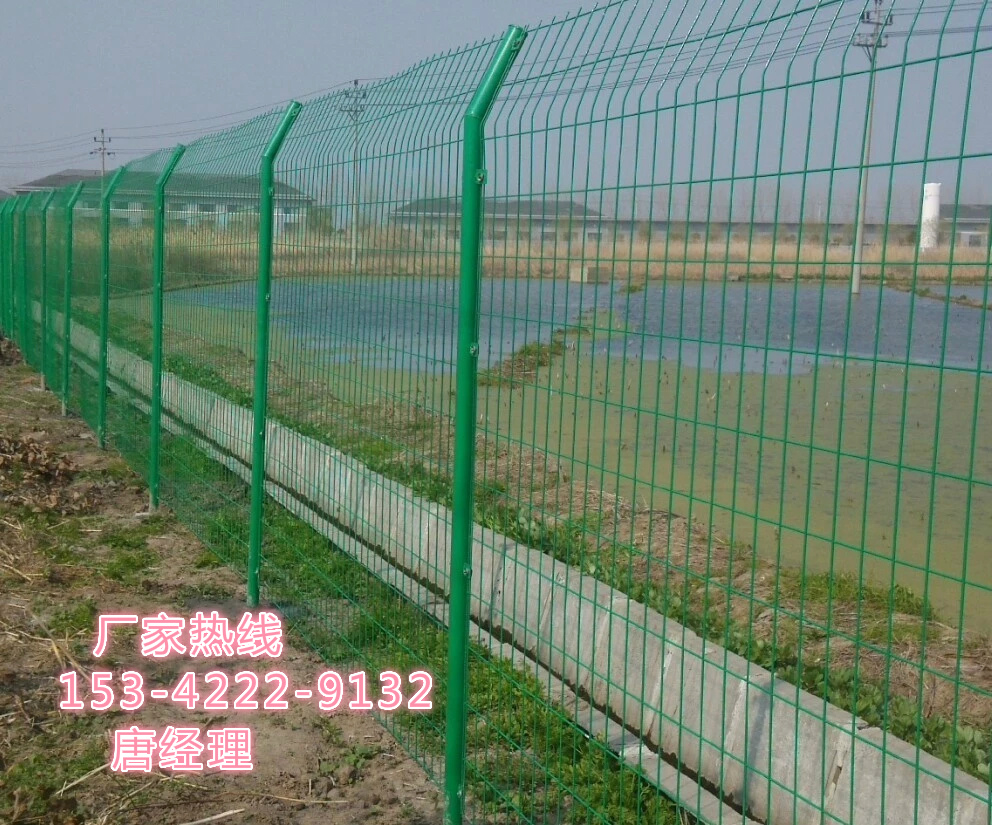
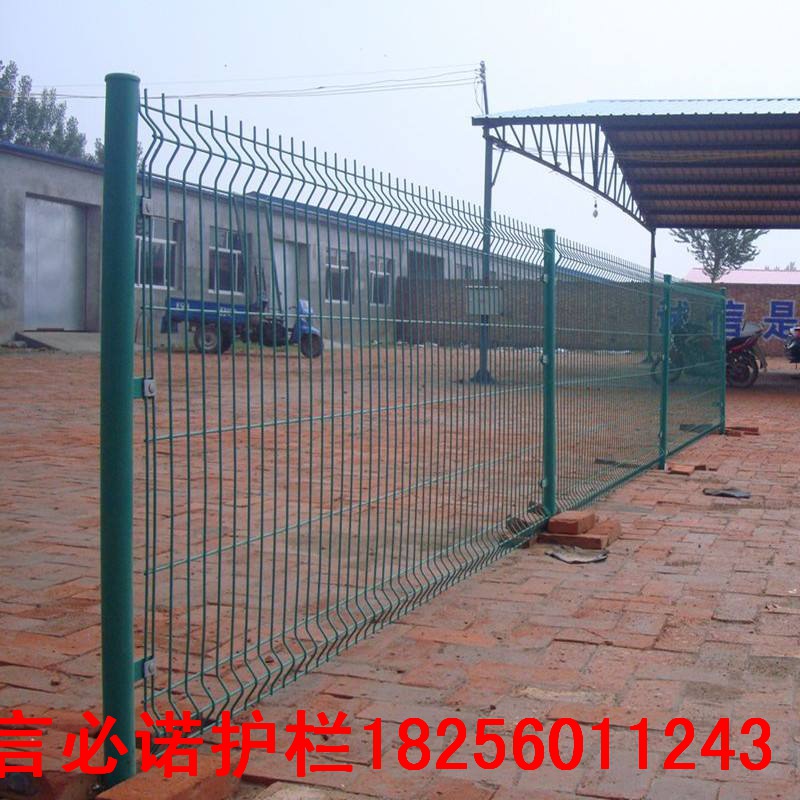
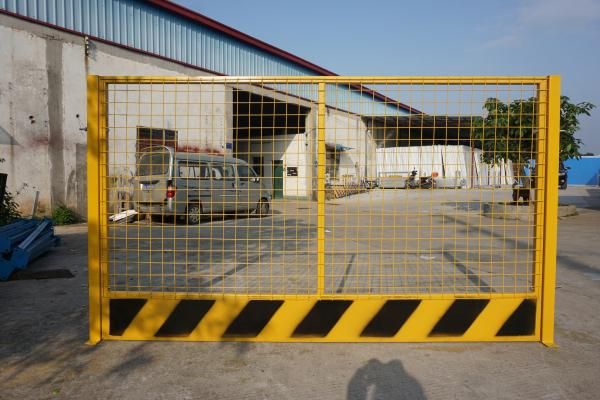
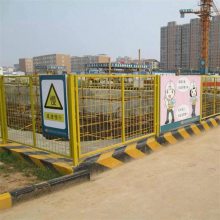
 京公网安备11000000000001号
京公网安备11000000000001号 冀ICP备15021549号-7
冀ICP备15021549号-7
还没有评论,来说两句吧...